- © 2025 Annapolis Home Magazine
- All Rights Reserved
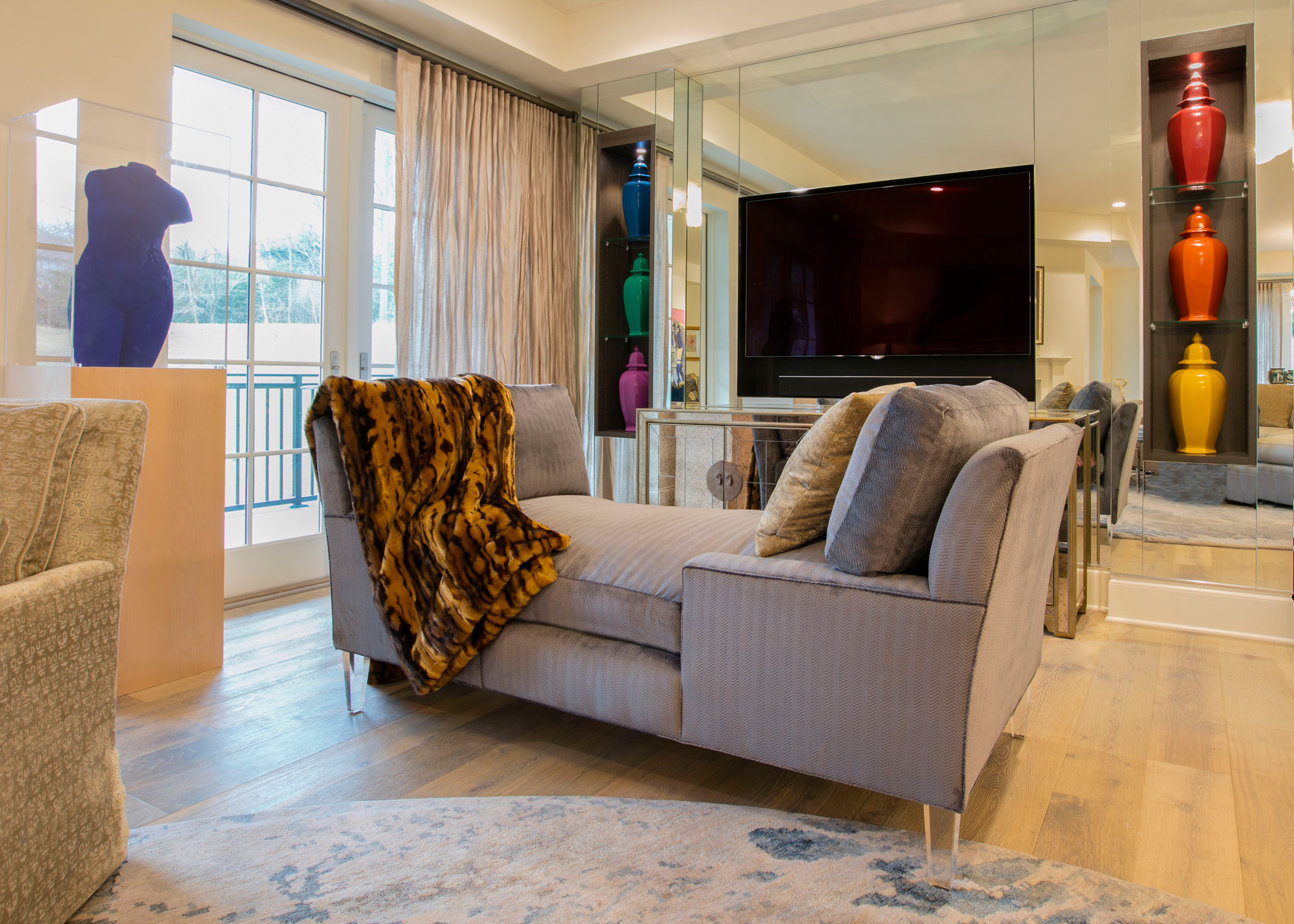
Something unusual is happening within the walls we call home. COVID-19 offers us the opportunity to get to know our personal spaces in deeper ways, to spend unstructured time in the kitchen, relax on patios, and stroll in our gardens, large or small. Time itself is moving slower, so our minds can expand. We are more receptive to change and have the creative energy to make it happen. Distinguished designers and landscape architects offer suggestions for ways to channel your energy and enliven indoor and outdoor spaces—just when we need them most!
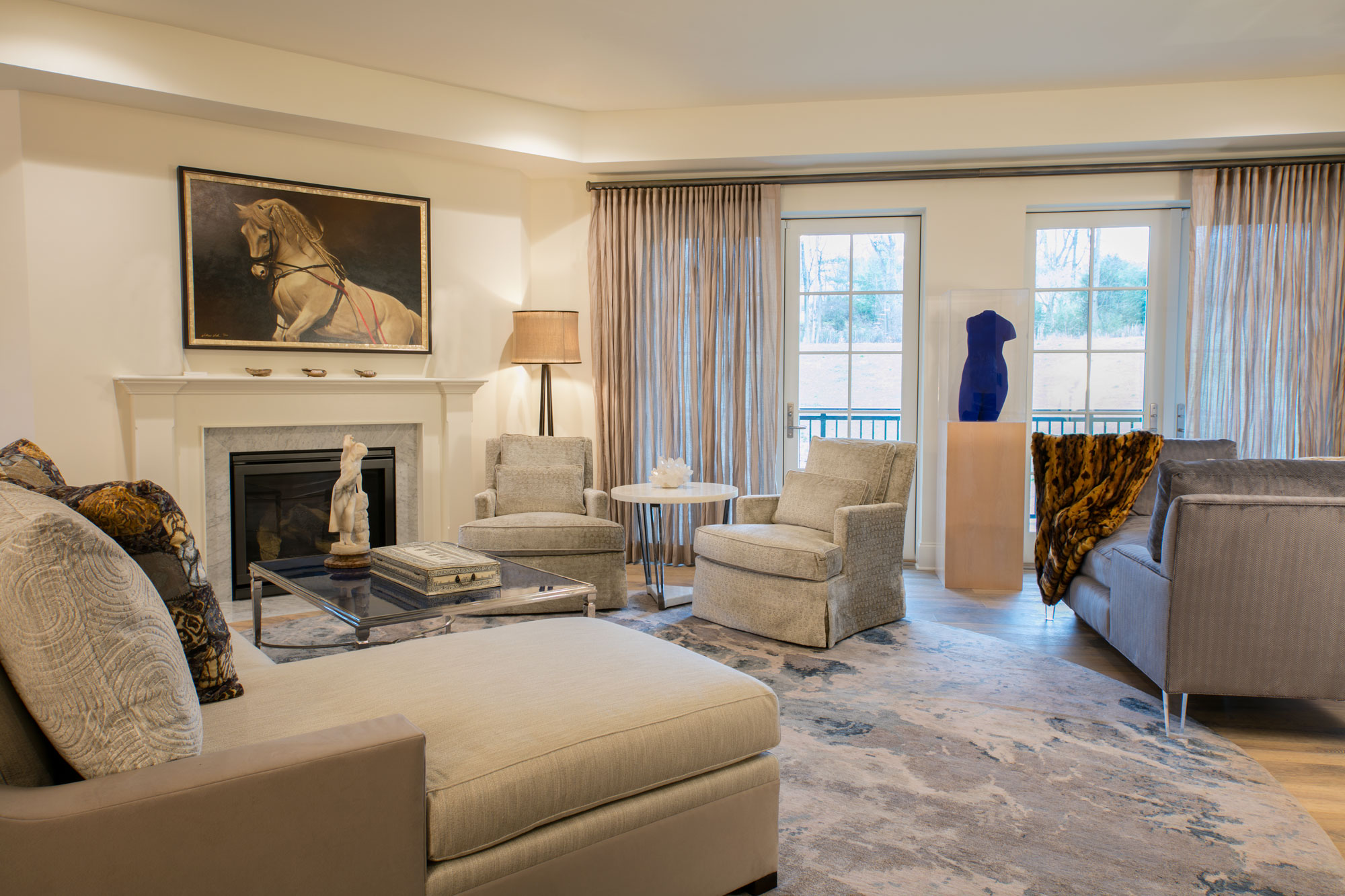
Interior designer Arlene Critzos suggests rearranging the furnishings and accessories in a room as a no-cost way to add a sense of ‘new’ to the space. “Changing layouts gives [the room] a new feeling,” she explains. To further enhance the effort, adding a “punctuation of color in accents like pillows or ceramic bowls” can give the room a new feel, too. And for those on a tight budget, a fresh coat of paint in a bright, fresh color can have a dramatic impact—even if it’s only on one wall.
Interior Concepts, Inc.
interiorconceptsinc.com
Annapolis, Maryland
Photography by Geoffrey Hodgdon
Art by Yves Klein & Allen McCollum (the above 2 images)
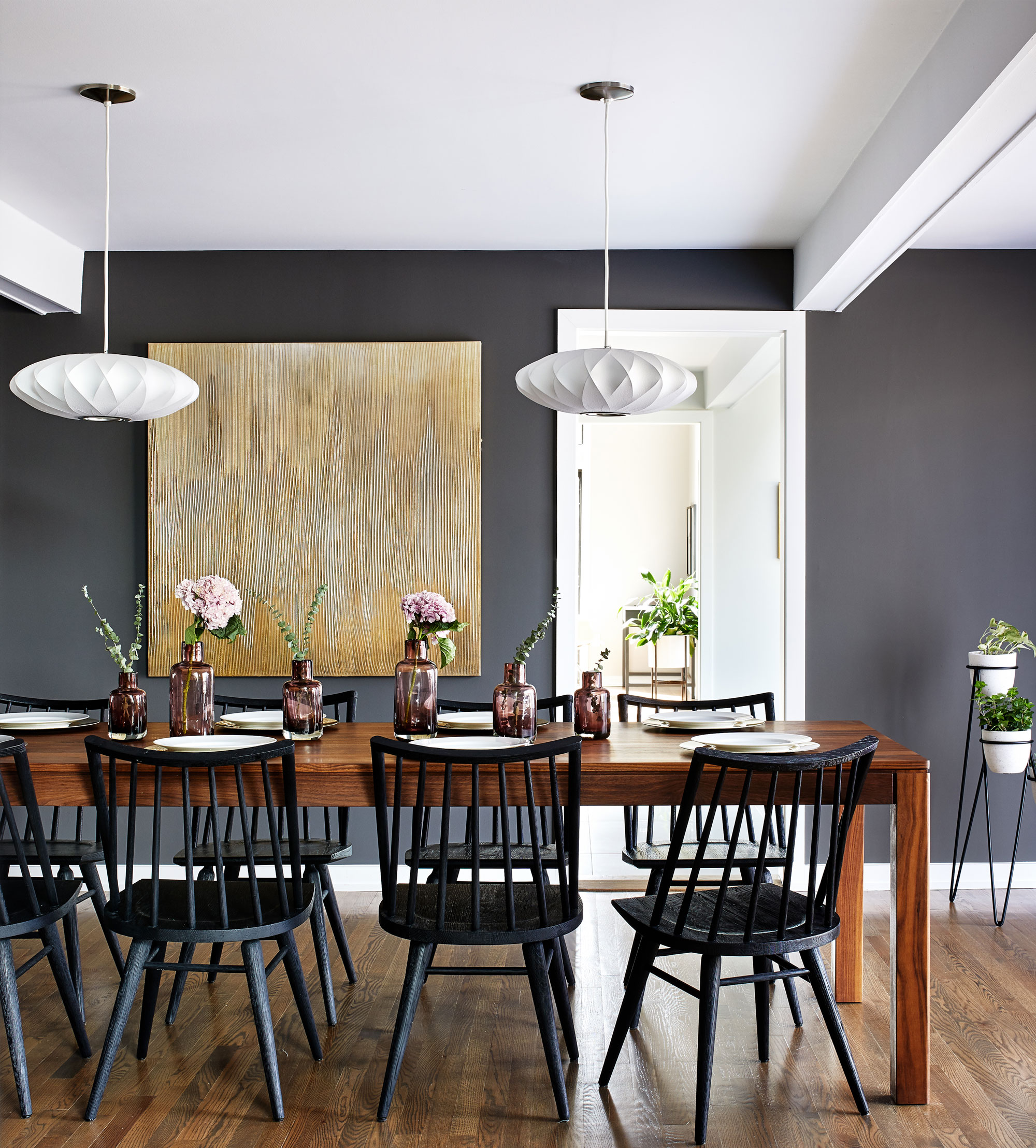
Laura Fox is newly married and about to move into their first new home. “Blending two very different styles will be no easy feat,” she admits, “because he loves color and moody spaces, and I tend to like more neutrals with lots of texture and sunlight.” So her plan for marrying the two aesthetics is to pair some rich jewel tones with lots of reclaimed wood, marble, and woven materials, thus creating a fresh blended space with some bold elements that aren’t overwhelming.
Laura Fox Interior Design
laurafoxinteriordesign.com
Rockville, Maryland
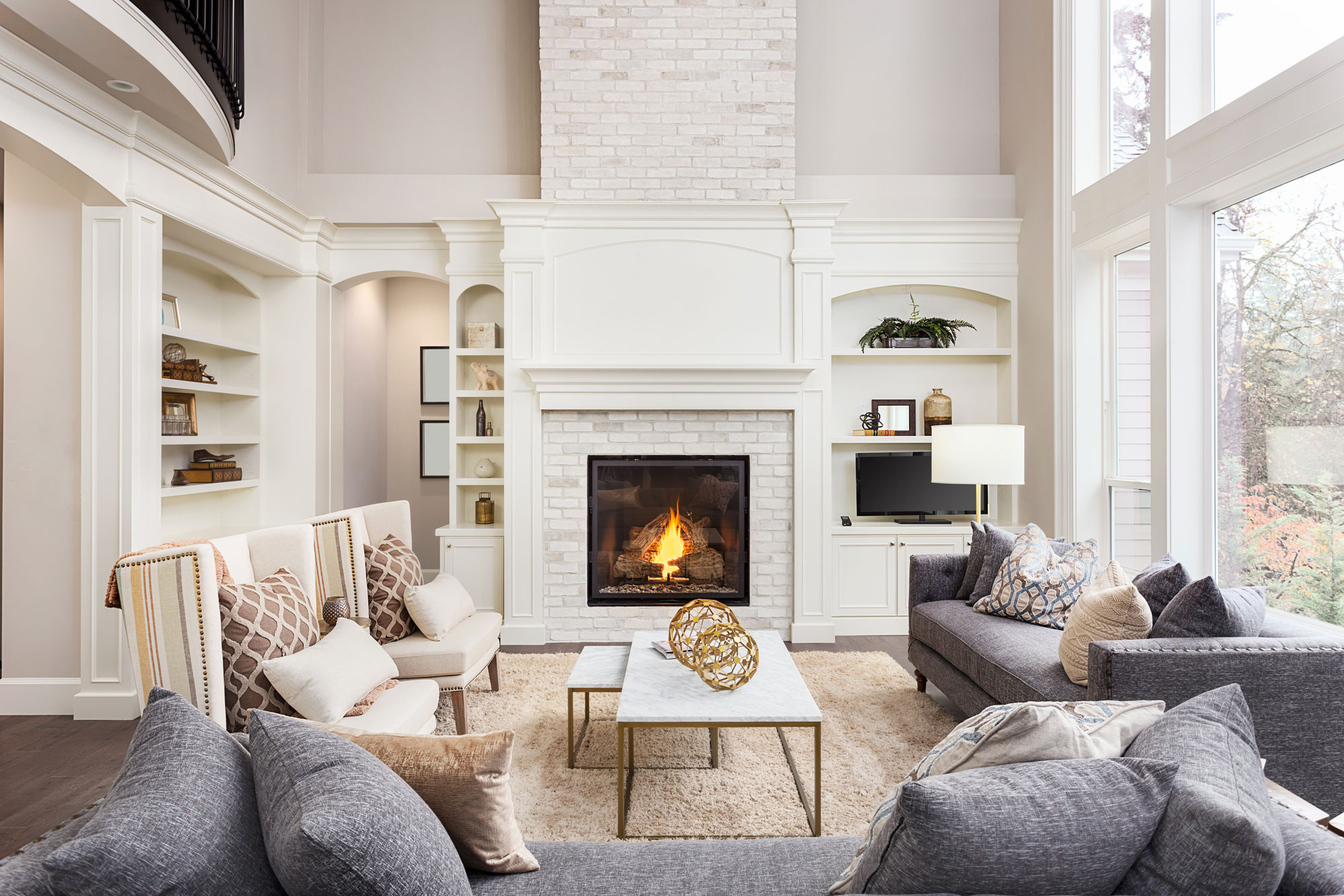
Rebecca Penno suggests adding more light to an interior as she did in her own family’s home recently. “We replaced the solid wood front door with a 3/4 Lite entry door to allow light to flow into the front of the house,”—an area previously light-starved. Then they completed another project in the same space. “We resurfaced our 7-foot-wide red brick fireplace with bright white wood paneling in a semi-gloss finish that reflects the natural light from the front door to the back windows,” she adds.
Penno Interiors
pennointeriors.com
McLean, Virginia
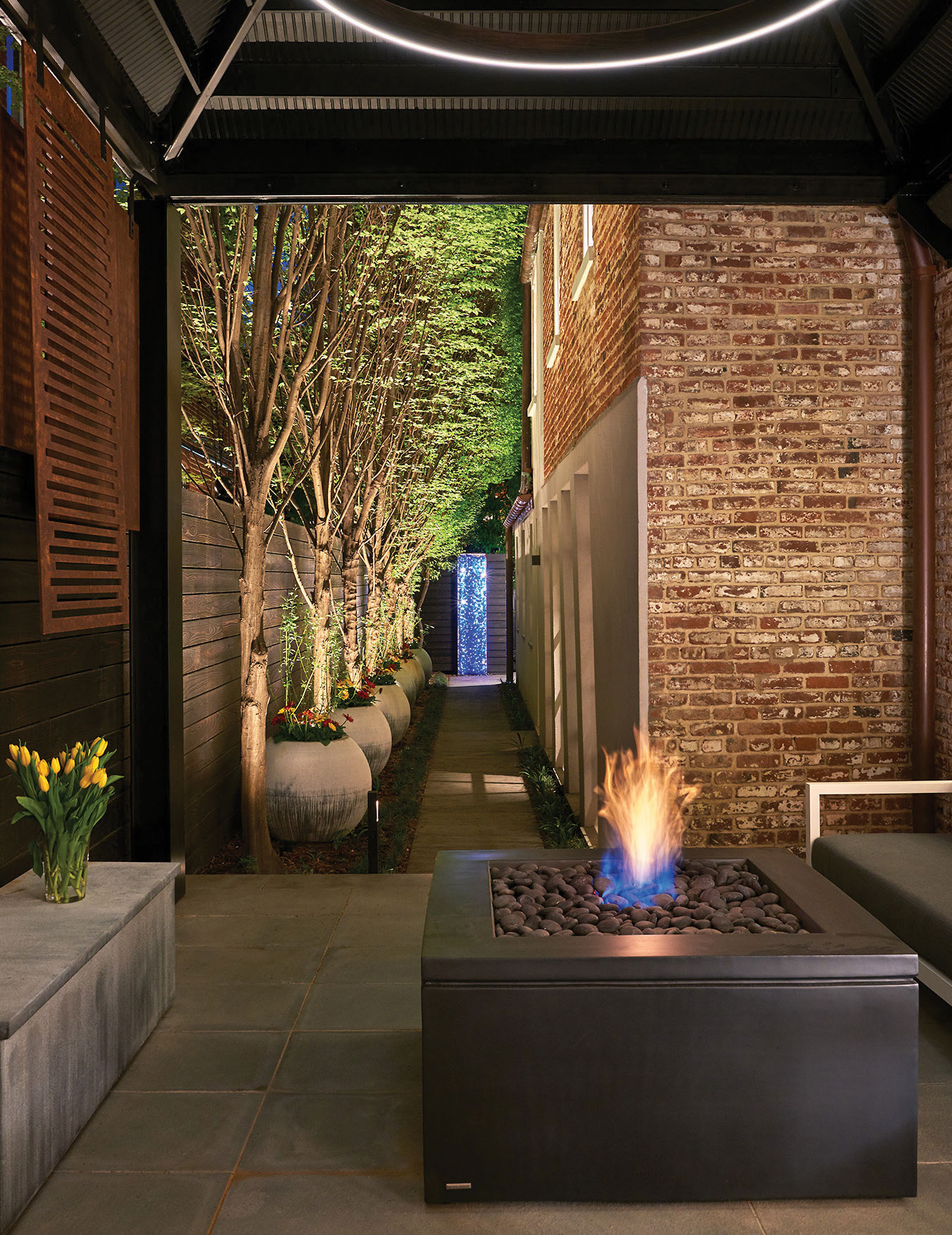
Bob Hruby suggested paying attention to the edges of an outdoor space, saying, “[You can] extend the space by drawing one’s eye to another part of the garden.” This might be achieved by installing a water element or a custom glass sculpture similar to the ones at the far end of the path in this photo. He also recommends adding an angled gravel or stepping-stone walkway “to add visual interest and a sense of relaxation to the space… [This] can give the impression of a larger space.”
Campion Hruby Landscape Architects
campionhruby.com
Annapolis, Maryland
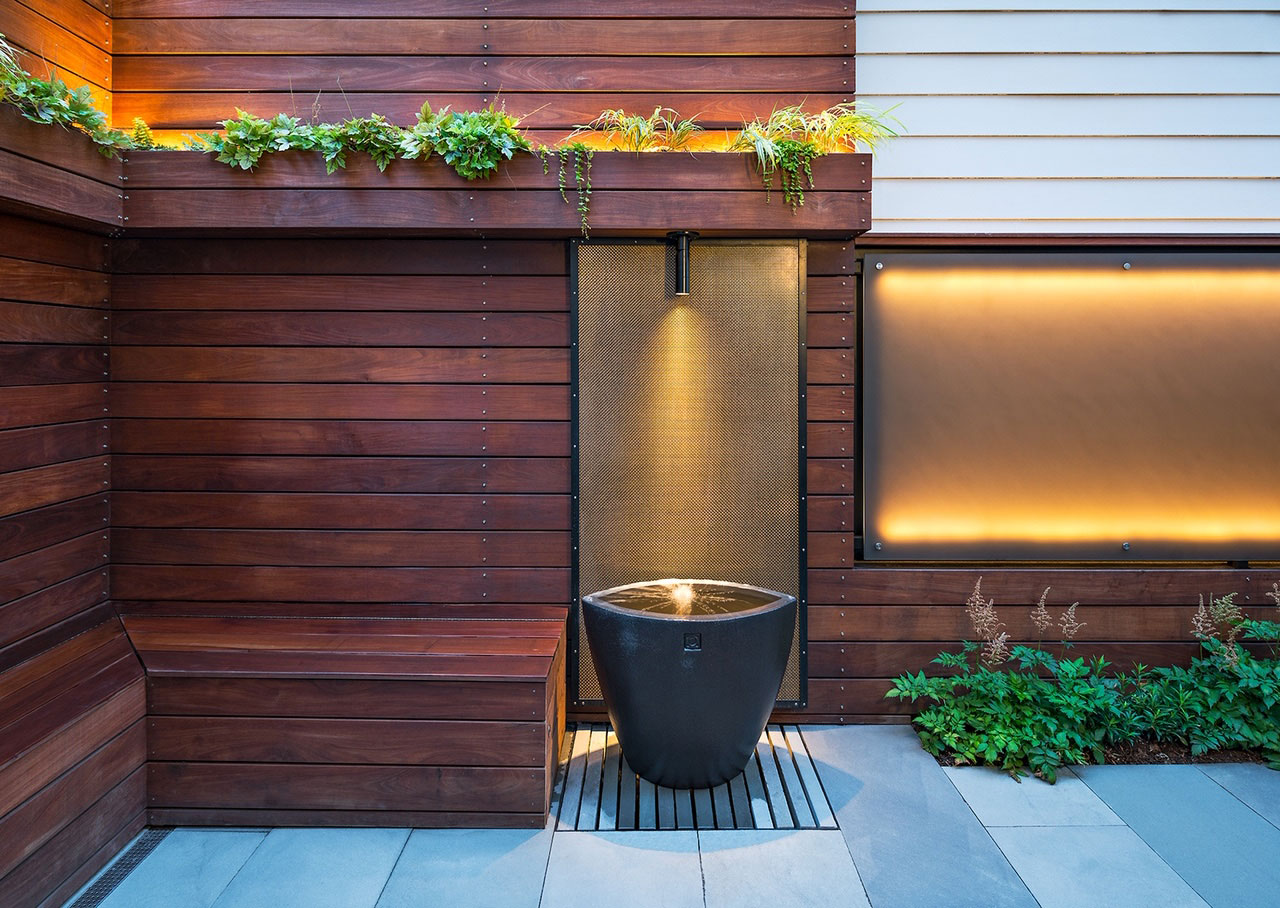
This Capitol Hill courtyard garden reclaims a rough leftover space between townhouses. Ingeniously, the 8’ garden was envisioned as a music box. Wood screens enclose the space and, like an instrument, reflect the sounds of the fountain, explains Ryan Moody of Moody Graham Landscape Architecture. Moody designed a thirteen-foot privacy screen situated in the corner that abuts a neighbor’s deck. Its dimensions are just big enough for built-in storage benches and overhead planters. Shade tolerant perennials and hanging plants provide texture, color, and a break from the privacy screen’s horizontal lines. Dimmable lights in the overhead planters, behind the panel, and above the water feature add a finishing touch for evening entertaining.
Moody Graham Landscape Architecture
moodygraham.com
Washington, DC
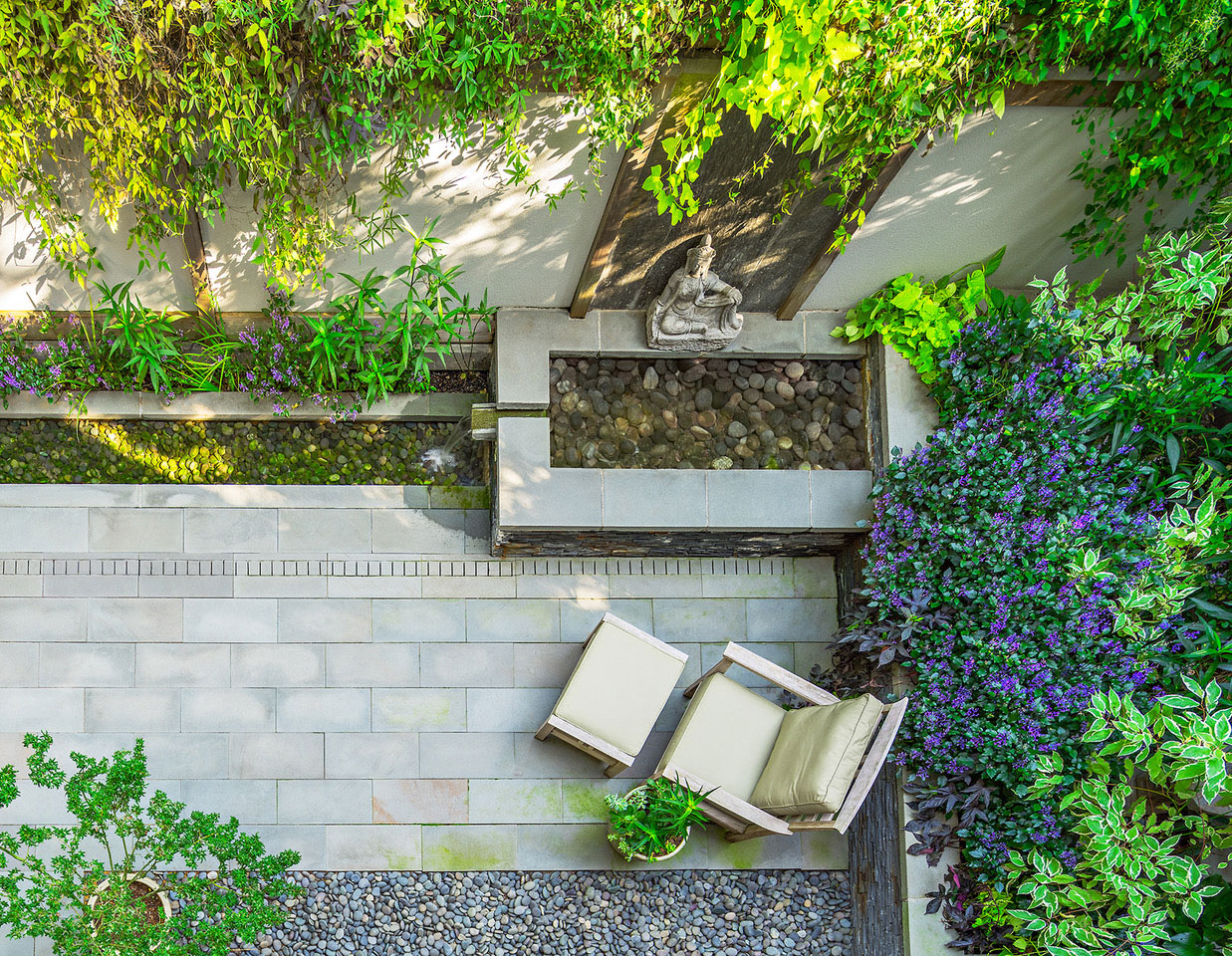
Jennifer Horn suggests adding a water feature to your outdoor space, saying, “They are relatively easy features to incorporate into an existing landscape as they are typically stand-alone structures.” They can add a dynamic quality to a garden, reinforce the garden’s structure, and create a pleasant sound. The water feature above “was built as a means to re-grade an otherwise unusable space. It doubles as a retaining wall, creating a flat terrace for furnishings,” she adds.
Jennifer Horn Landscape Architecture
jh-la.com
Arlington, Virginia
Photography by Allan Russ
Annapolis Home Magazine
Vol. 11, No. 3 2020